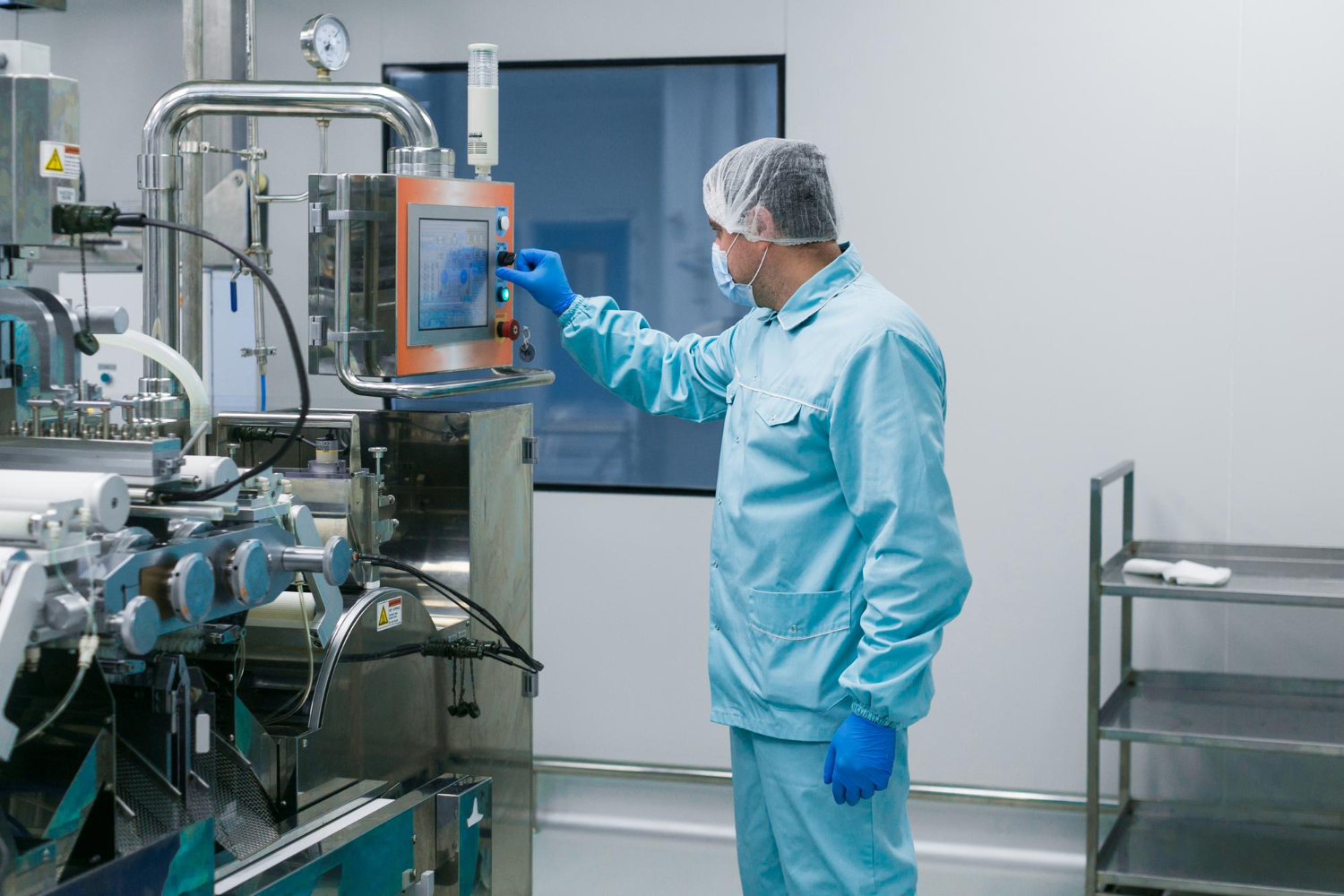Introduction
Generative AI tools promise creative image generation and realistic content creation. Organisations use machine learning models in customer service, video games, and more. Large language models and GANs offer powerful capabilities. But they also bring security risks.
Learnt models trained on large amounts of data can produce deepfakes, leak private training data, or be manipulated. A generative adversarial network or a variational autoencoder can generate text based on natural language processing inputs.
Recurrent neural networks and other deep architectures enable rich content output. Yet potential threats demand strong safeguards.
Core Threats from Generative AI
Generative AI models can leak private data if training data contains sensitive records. The model may reproduce snippets of the original source. Attackers can use prompt inversion techniques to extract private information from a model. A text-based system may spill customer data it saw while training.
Image generation tools can create synthetic visuals that impersonate real people or organisations. These fakes may mimic official logos or product brands. GANs have become easier to use for anyone with enough compute power. Malicious actors can generate disinformation visuals or spoofed IDs.
AI agents in customer service may be tricked into revealing policy or internal procedures. A prompt injection attack may subvert a generative AI model to follow undesirable instructions. This can damage operations or expose confidential systems.
Read more: AI in Security: Defence for All!
Training Data and Model Poisoning Risks
Public training data may contain biased, corrupt, or poisoned records. A tainted data set can bias model output or even make the model behave dangerously. Recurrent architectures or LLM structures may be less robust if poisoned.
Even small amounts of adversarial data can shift model decisions in ways that favour attackers. Poisoned training input may cause a model to misclassify harmful content as benign.
Some attackers may insert backdoors in generative AI tools. When a trigger pattern appears in input, the model produces incorrect or vulnerable output. For instance, a VAE or CNN-based NLG system could behave unpredictably when it sees a hidden token. Organisations must audit training pipelines and vet data sources thoroughly.
Attack Vectors & Misuse
Generative AI systems may be abused by adversaries. Automated content creation can spam forums, social media, or email. Using a generative AI model, attackers can make many fake profiles. The generated content may appear realistic.
Use cases in video games or interactive environments may be targeted. AI agents inside games might hallucinate or provide harmful instructions. In online community contexts, fake avatars generated by deep learning may harass real players.
Learnt models can give wrong or biased advice. In customer service, customers may receive misleading guidance. Or generative AI agents may impersonate legitimate support staff.
OCR-based or natural language systems may wrongly extract or echo sensitive material. That risk exists when training data includes private emails or credentials.
Read more: AI in Cloud Computing: Boosting Power and Security
Mitigation Strategies
First, sanitise and filter training data. Remove sensitive fields and scrub personally identifiable information. Use synthetic data when possible to reduce exposure.
Train models on curated and approved data sets. Consider differential privacy methods to mask identifiable content.
Second, implement prompt handling and content filters. Sanity-check any generated output before release. Include human review layers for sensitive domains. Block or flag output that attempts disallowed content.
Third, monitor model behaviour. Use anomaly detection to catch abnormal outputs or patterns. Logging of all requests and responses helps trace misuse or injection attacks. If you detect prompt injection, pause the generative AI agent and review logs.
Fourth, design model access carefully. Apply rate limits and usage quotas. Restrict tools to known users or trusted endpoints. Use authentication and strong access control.
In SaaS contexts, treat generative AI as part of software as a service architecture and secure accordingly.
Fifth, update models regularly. Retrain or fine-tune learnt models to remove vulnerabilities. Test on adversarial inputs.
Validate with red teams or automated security tests. This includes text and image generation models.
Read more: AI-Powered Video Surveillance for Incident Detection
Policy, Governance & Regulation
Organisations must set clear policies for generative AI use. A usage policy should define acceptable use, content bans, and scenario-specific rules. Customer service bots must follow strict patterns and not disclose internal logic or secrets.
Depending on the industry, compliance rules may restrict certain uses. Where regulation applies, perform regular audits. Review data governance and retention practices. Ensure transparency about automated decisions or output.
Have a security review board or data protection officer assess generative AI deployments. Track model updates and maintain an incident response plan.
Incident Response & Recovery
Prepare incident playbooks tailored for different generative AI models. Do not rely on generic cloud response templates. Include specific response steps for text-based, image-based and multimodal outputs.
Account for model-specific failure modes, such as prompt leakage or unfiltered bias injection. Assign clear roles for containment, verification, and escalation. Include contact details for each responsible party.
Initiate simulated breach drills quarterly. Do not skip low-impact scenarios. Even minor hallucinations or context bleed can harm production workflows.
Use drills to test alert systems, API rate limits, logging precision, and rollback procedures. Introduce adversarial prompts into test queries. Document each drill’s findings and adjust configurations accordingly.
Segment logs across models and tasks. A single incident in image generation should not interfere with text response history. Split logs by output type, model family and environment (e.g., dev, test, production).
Design logging schemes that can be parsed quickly under pressure. Add structured fields like prompt hash, output ID, and retrigger source.
During an incident, run isolation rules. If a model generates banned content, suspend only that model’s access. Do not shut down unrelated services.
Maintain uptime for unaffected tools. Apply rate limits for systems that show degradation under attack or drift.
Integrate response actions with your communication systems. Set up secure messaging channels between your AI engineers, legal team, customer service, and IT support.
Avoid cross-channel lag. Assign a single lead to issue external updates. Internally, ensure that each update cycle includes logs, rollback status, and threat classification.
Do not discard corrupted or harmful outputs until after the post-mortem review. Retain samples, system states, and session details in an encrypted archive. Use this data to trace prompts, model drift, and decoder misbehaviour. Feed key findings back into your training and prompt-filtering pipelines.
Test recovery protocols on real data and live users under supervision. Build thresholds to detect unsafe state restoration. Run differential tests to confirm data integrity, model behaviour, and logging continuity after rollback.
Use anomaly detection to verify restored state consistency across all services. Always close with a root cause report.
Read more: IoT Cybersecurity: Safeguarding against Cyber Threats
Best Practices
Maintain clear policies for access roles. Do not let every team member run generative AI queries without review. Set permissions by role.
Limit administrative access to those who directly manage systems. Enforce two-factor authentication at every entry point. Avoid shared credentials. Monitor user sessions regularly.
Separate training environments from production. Do not train new models inside your live customer-facing system. This separation reduces risk if the experimental model fails or produces unwanted content.
Keep training pipelines locked behind internal gateways. Conduct validation before moving anything into deployment.
Always log input-output pairs. Store them securely and tag them with metadata. Metadata should include user ID, timestamp, model version and task type.
Without this trail, you cannot trace misuse or correct faulty model logic. Logs also help you refine fine-tuning procedures later.
Check your model outputs with both automated and human systems. Combine red-teaming tools with manual review. Focus on patterns of failure, not isolated mistakes.

If a model often fabricates names or citations, it needs constraint retraining. If hallucination occurs in structured fields, inspect token weighting and dataset scope.
Train teams on prompt design. Poorly crafted prompts cause unintended results. Define prompt formats for different tasks, such as summarisation, code generation, or customer reply drafting.
Make employees aware of prompt injection risks. Update prompt templates as model behaviour shifts.
Regularly rotate model keys and API tokens. Set expiry periods that force renewal. This reduces the chance of long-term access abuse.
Review old tokens. Revoke unused ones. Map token use to specific tasks or environments.
Monitor output reuse. Ensure that the team does not repeat generated content used in production in other projects without revalidation. Reused text or visuals can introduce copyright concerns, especially in regulated industries. Use fingerprinting to check duplication.
Test model outputs under high load. Under stress, some models return degraded results. Build test suites that simulate usage spikes.
Measure content quality, response time, and system failure rate during stress tests. These results tell you when to scale infrastructure or reallocate computing power.
Keep security policies up to date. Generative AI systems evolve quickly. Review every six months.
Match your policies to changing model behaviour, new legal requirements and client demands. Record every policy change and share it with stakeholders.
Do not allow direct user data input into raw prompts unless cleaned and validated. Raw personal data increases privacy risk. Set filters to scrub PII. Flag prompts that include address details, national IDs, or health information.
Finally, create fallback layers. When models produce unsafe or unhelpful content, redirect the request to a manual workflow or static content module. Users should never receive system errors or unsafe messages due to poor AI output.
Read more: Computer Vision in Smart Video Surveillance powered by AI
Benefits of Secure Generative AI
A secure framework for generative AI does more than reduce legal and operational risks. It also improves system reliability and consistency across outputs. A model that adheres to strict policies produces content that meets both quality expectations and user trust standards.
In fields like healthcare, education, and legal services, consistency in language, tone, and fact accuracy becomes essential. Errors in these sectors can have real-world impact. A hardened generative AI framework allows institutions to use these tools with greater confidence.
Implementing strict controls also permits more refined performance benchmarking. A well-protected system, when monitored properly, produces a consistent range of results. This allows developers and business stakeholders to better interpret what model outputs mean.
Interpretation plays a critical role in model governance. Without consistent behaviour, outputs vary too widely, making evaluation and improvement nearly impossible.
Mitigating misuse also supports internal innovation. Staff and researchers can use generative models in a sandboxed, low-risk setting. They run creative experiments and validate real-world applications without endangering customer data or compliance.
In practice, this makes the environment more agile while maintaining accountability. For startups and SMEs, this balance helps speed up adoption while keeping risks low.
Organisations that secure these systems also gain a stronger reputation. Clients and regulators respond well to transparent policies, evidence of access controls, and proof of auditing capability. It becomes easier to explain how output is generated, what data the model learns from, and how system limits are enforced. This builds credibility.
In cloud-based SaaS offerings, secure generative models support better multitenancy. When boundaries exist between tenants and output flows are constrained, vendors reduce cross-customer leakage risk. This is vital for content platforms and enterprise tools that offer AI services across accounts.
Finally, when security wraps around model layers and interfaces, teams can fine-tune more safely. Models can be calibrated to serve niche markets, accommodate local languages, or comply with national regulations. Without adequate security, fine-tuning may introduce drift, bias or vulnerabilities. When protections are in place, organisations retain greater control and accountability across the model’s lifecycle.
Read more: GDPR-Compliant Video Surveillance: Best Practices Today
TechnoLynx Support
TechnoLynx helps organisations secure generative AI implementations across the full stack. Our team audits training pipelines, vets data sets, and assesses learnt models. We design prompt sanitisation layers, apply governance frameworks, and set up monitoring and anomaly detection systems.
We support customer service tools, image generation pipelines, and LLM-based interfaces. Our experts perform adversarial testing, validate compliance, and train teams on best practices. With TechnoLynx, you get generative AI tools that deliver innovation without compromise. Contact us now to start your secure AI journey!













